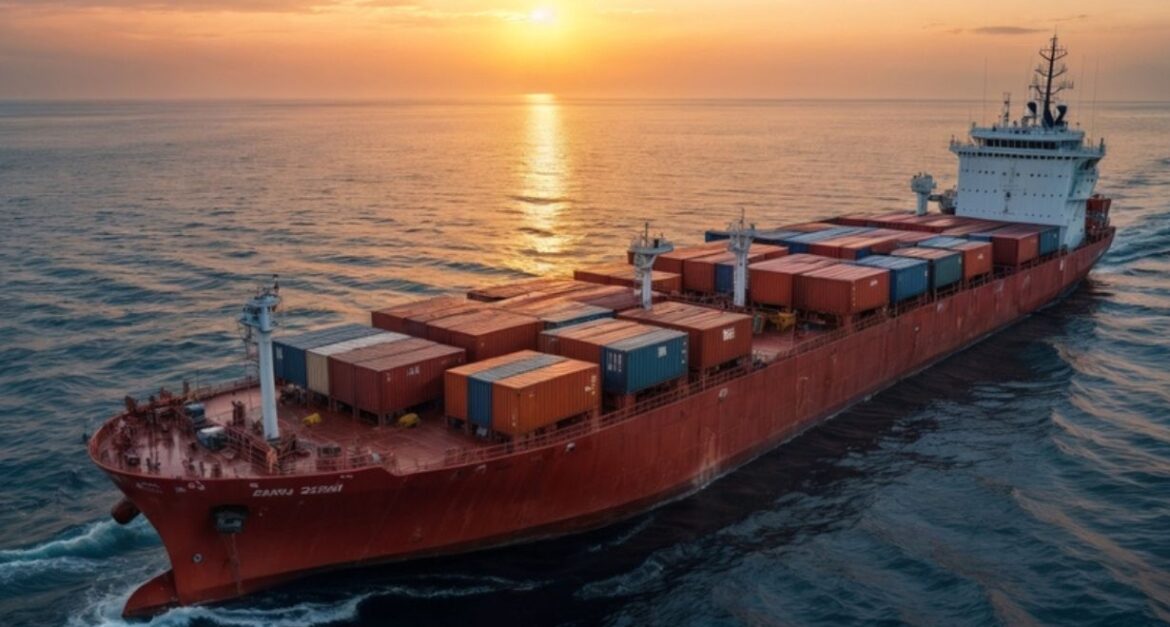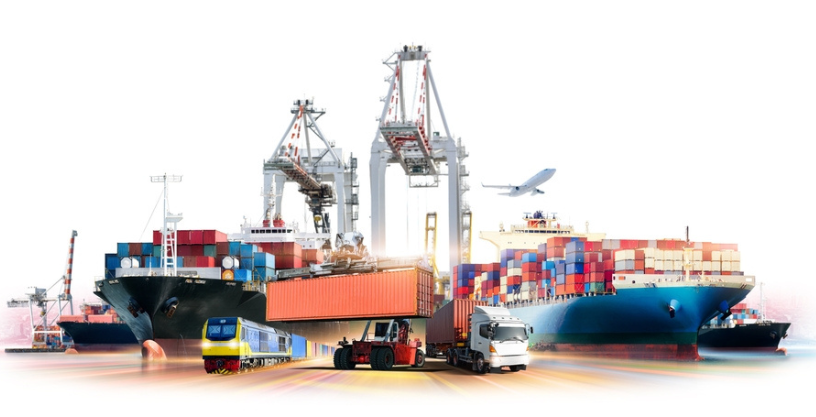
The shipping industry is the backbone of global trade, responsible for transporting goods across continents. However, it operates in an environment that is inherently unpredictable, largely due to the influence of weather conditions. From storms to fog, weather phenomena can significantly impact shipping operations, leading to delays, increased costs, and even risks to cargo and crew safety. Let’s explore how various weather conditions affect the shipping industry and what measures are taken to mitigate these challenges.
The Impact of Severe Storms on Shipping
Storms are one of the most disruptive weather conditions in the shipping industry. Hurricanes, typhoons, and cyclones generate strong winds and high waves, which can make navigation treacherous. These severe weather events often lead to:
- Delays: Ships are forced to change routes or remain docked, disrupting schedules.
- Damage to Cargo and Vessels: High winds and waves can damage containers, causing financial losses.
- Safety Risks: Rough seas increase the risk of accidents and pose threats to crew safety.
Modern technology, such as weather forecasting systems and satellite monitoring, helps shipping companies anticipate and avoid storms. By adjusting routes based on forecasts, operators can minimize risks, although this often results in increased fuel consumption and longer delivery times.
The Challenges of Fog and Low Visibility
Fog and other conditions that reduce visibility are a significant concern for ships, especially in congested ports and busy shipping lanes. Low visibility can:
- Increase Collision Risks: Reduced sightlines make it harder to navigate safely, leading to potential accidents.
- Slow Down Operations: Vessels must reduce their speed, causing delays in transit.
- Disrupt Port Operations: Loading and unloading activities may be postponed due to safety concerns.
To counter these challenges, modern ships are equipped with advanced navigation tools such as radar and GPS, which allow them to operate more safely in low-visibility conditions. Additionally, many ports implement specific protocols for operations during foggy weather.
The Role of Ice and Cold Weather
In colder regions, ice and freezing temperatures pose unique challenges to shipping. Ice can block waterways, damage hulls, and make docking difficult. Polar routes, increasingly used due to melting ice caps, present both opportunities and risks. Key challenges include:
- Ice Formation: Icebergs and sea ice can obstruct routes, requiring icebreaker assistance.
- Equipment Failure: Freezing temperatures can affect machinery and reduce operational efficiency.
- Environmental Concerns: Accidents in icy waters pose a significant threat to fragile ecosystems.
Specialized vessels, such as ice-class ships, are designed to operate in these harsh conditions. Furthermore, shipping companies carefully monitor ice maps and weather patterns to ensure safe navigation.
The Effect of Heatwaves and Tropical Conditions
Extreme heat and tropical climates also impact global shipping operations. Prolonged exposure to high temperatures can:
- Affect Cargo Integrity: Perishable goods and sensitive materials require temperature-controlled environments, increasing logistical challenges.
- Create Crew Fatigue: Working in extreme heat can lead to health issues and reduce efficiency.
- Increase Maintenance Needs: Heat accelerates wear and tear on ships, particularly in engine rooms.
To address these issues, ships employ advanced cooling systems and ensure that crew members have adequate rest periods and hydration.
Wind Patterns and Seasonal Variability
Wind patterns, such as monsoons and trade winds, have historically shaped global shipping routes. While predictable to some extent, these winds still present challenges:
- Monsoons: Heavy rains and strong winds during monsoon seasons can delay shipments and disrupt port operations.
- Trade Winds: While trade winds can aid navigation, sudden shifts in wind direction can create instability.
Seasonal planning and route optimization are critical for minimizing disruptions caused by wind patterns. By leveraging historical data and modern weather prediction tools, shipping companies can better prepare for these conditions.
Preparing for Weather-Related Challenges
The shipping industry has adopted several strategies to mitigate the effects of adverse weather:
- Advanced Weather Forecasting: Real-time weather updates help in route planning and risk management.
- Technology Integration: GPS, radar, and automated systems enhance navigation and safety.
- Flexible Scheduling: Building buffer times into shipping schedules allows companies to accommodate delays caused by weather.
- Training and Preparedness: Crew members are trained to handle adverse conditions, ensuring safety and efficiency.
Conclusion
Weather conditions play a crucial role in shaping global shipping operations. While advancements in technology and forecasting have improved the industry’s ability to adapt, challenges remain. By investing in research, adopting innovative technologies, and prioritizing safety, the shipping industry can continue to navigate the complexities of weather, ensuring the smooth flow of goods across the globe.








